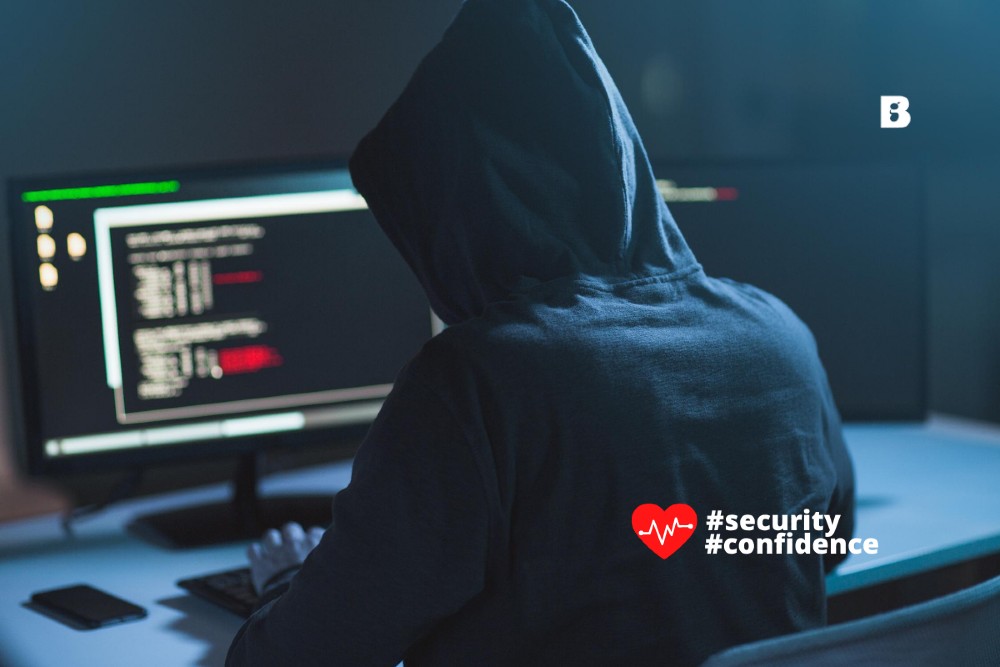Patient care goes beyond a hospital stay or clinic visit. Healthcare institutions are responsible for protecting the patient’s personally identifiable information and protected health information (PHI). This information is increasingly valuable to cybercriminals, and the healthcare industry’s growing use of connected devices and equipment makes it more accessible than ever before. Cyberattacks in healthcare pose critical security concerns, and it is up to industry leaders to set the standard as digital transformation continues to unfold.
Attacks on Healthcare Infrastructure Just This Year
Leaders in the healthcare industry are using advanced technology to develop solutions to complex problems in all aspects of healthcare. The acceleration of digital transformation within the healthcare industry over the past six months serves as a testament to the leaps and bounds we are making to uncover medical breakthroughs, facilitate operational efficiency, and deliver personalized patient care. But the new advances do not come without their vulnerabilities.
In 2019, the healthcare industry saw 41.4 million patient records compromised in data breaches. And despite being amidst a global health emergency for the better part of 2020, cybercriminals are not easing up. Instead, they are on pace for another successful year of stealing sensitive information.
It is essential to understand how attackers access this information to build a robust security strategy within each healthcare organization, facility, and clinic.
Types of Cyberattacks and Vulnerabilities in Healthcare
Research shows that the healthcare industry spends much less on cybersecurity technology and staff than other regulated industries. In 2019, the United States federal budget allocated $15 billion for cybersecurity-related activities, which is an increase of 4.1 percent compared to the previous year. Yet, healthcare averaged at only 5 percent of the budget spent on security.
Although a more recent survey shows that cybersecurity in the healthcare industry is progressing, there are many ways malicious actors can access sensitive information. Here are just a few ways attackers may try to access your system.
The “Classic” Attacks
Classic cyber attacks such as phishing and spearphishing via malicious emails, attachments, and links are no longer novel concepts in the world of cybersecurity. The increasing commonality of such attacks means they go overlooked, and valuable training information is never delivered. There are reasons why malicious actors use these specific attack types most of the time. It is because they work. These attacks have become so common that those who click on a link may be reprimanded with, “You should have known better.” But that does not make these attacks go away or solve the problems they may cause.
Ransomware
Since 2016, there have been 172 separate ransomware attacks on United States healthcare organizations. The attacks cost the industry about $157 million. Hospitals and clinics are especially vulnerable to these specific attacks because they rely on continuous and immediate access to medical records, giving them only one choice: pay the ransom. Many ransomware attacks result from stolen assets from insider threats or unintentional information sharing and are most successful in the healthcare industry.
Insider Threats
Insider threats continue to be a significant threat to cybersecurity in the healthcare industry. Intentional insider threats are some of the most difficult to identify and resolve as inside threats may be bribed, coerced, or recruited into stealing information for cybercriminals.
Preventing Cyberattacks in the Healthcare Industry
Cybersecurity in healthcare heavily relies on industry leaders’ actions because more influence, a vast amount of privileges, access to resources, and more support from other facets of leadership is crucial to building an infrastructure resilient to cybercrime. Here are a few ways that leaders in the healthcare industry can strengthen their organization’s cybersecurity practices.
Knowledge is Power— Proper Security Awareness Training
By implementing cybersecurity awareness training throughout each level in a healthcare organization, you can add significant value to your overall security strategy. Just because specific security measures are in place, or you have told your team not to open suspicious emails on multiple occasions does not mean your organization is well-equipped to detect and manage security threats.
Cybercriminals intentionally exploit common human behaviors and emotions such as eagerness, curiosity, and distraction. It is these social elements that are the primary cause of many data breaches. Cybersecurity awareness training is a vital tool in the prevention, detection, and early mitigation of cyberattacks.
A Solid Security Strategy
To be human is to be imperfect. Accidents happen, and some are more serious than others, especially when dealing with an entire healthcare organization’s infrastructure. But by establishing a robust security strategy and protocol for when cyberattacks occur, your team can be prepared to tackle any attack, whether intentional or accidental.
Read about a Custom Healthcare Solution that saves millions of dollars.
Leading by Example
Industry leaders set the tone for how the organization runs daily. Consistently participating in the best practices for cybersecurity at a high-level is likely to have a trickle-down effect, encouraging every employee to follow the best security practices. The more awareness and active participation in security protocols, the less chance there is that you will be under siege by cybercriminals.





